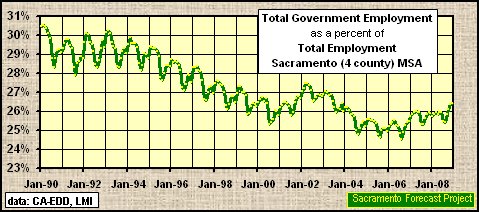[ad_1]
The editorial board operates independently from the U-T newsroom but holds itself to similar ethical standards. We base our editorials and endorsements on reporting, interviews and rigorous debate, and strive for accuracy, fairness and civility in our section. Disagree? Let us know.
Gov. Gavin Newsom’s call this month for California’s 58 counties to create Community Assistance, Recovery and Empowerment (CARE) Courts to evaluate whether people with debilitating psychosis should receive court-ordered treatment and housing has received a mixed response as onlookers await details. The idea of forcing people into care met support from those who think it a moral imperative to help people who can’t help themselves, but made civil and disability rights activists bristle.
Yet a new story in The San Diego Union-Tribune showed that the current approach — Laura’s Law, which was enacted in 2002 and expected to spur much more treatment of people with serious mental illnesses — is too restrictive to be effective. Since 2015, only about 10 people in San Diego County were found to have met the criteria to be subjected to mandatory mental health treatment — a mandate that can only be invoked for people with a serious mental illness that has led to psychiatric hospitalization or incarceration twice in the previous three years or to violent acts within the past four years.
Under Newsom’s proposal, family members, clinicians, first responders and members of the community could refer people to CARE Court to be evaluated for possible treatment. With mental illness so intertwined with other societal issues, only starting with homelessness, his plan deserves a close look.
[ad_2]
Source link





More Stories
Digital Law Firm Marketing: Best Techniques for Online Growth
Choosing the Right Louisiana Property Damage Attorney: A VITAL Guide
Get Ready for Success: Dive Bomb Industries Waterfowl Gear Explained